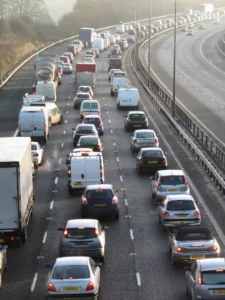The Department for Transport (DfT) has updated the guidance for local authorities in England on lane rental schemes, including a cost benefit analysis.
This guidance sets out what local highway authorities need to do if they wish to develop proposals and apply to operate a lane rental scheme.
Some of the changes to the guidance include information on the fact that councils will have to set out the limits of variations of their scheme with the application and scheme document, clarification of the parity principle, advise on local authorities seeking their own legal advise should they wish to impose lane rental charges and alternations to the cost-benefit analysis calculation questions to ensure better results.
It also reminds councils that lane rental schemes will need to operate alongside an authority’s existing permit scheme. The permit scheme will continue to play a crucial role alongside lane rental charges, not least because of the need to ensure that works taking place on the busiest streets are properly coordinated.
On the cost benefit analysis, the DfT guidance says authorities must also send an analysis of the costs and benefits expected to arise from the proposed scheme, showing how the scheme will provide real scope for works promoters and the wider business community to reduce their exposure to charges through improved working practices. There should also be an explanation of what steps have been taken to minimise administrative costs.
The calculator published alongside this guidance should be used for preparing the
cost benefit analysis. Both can be viewed at: Street works lane rental charges – GOV.UK (www.gov.uk)






















